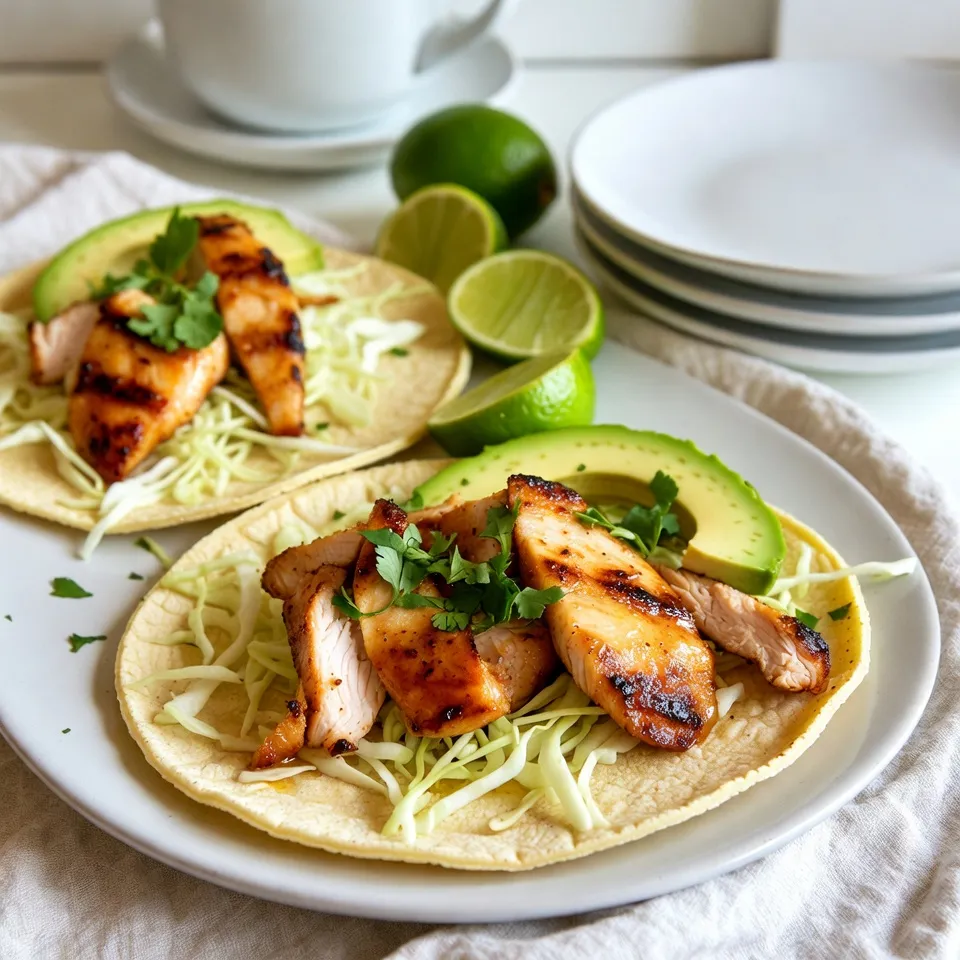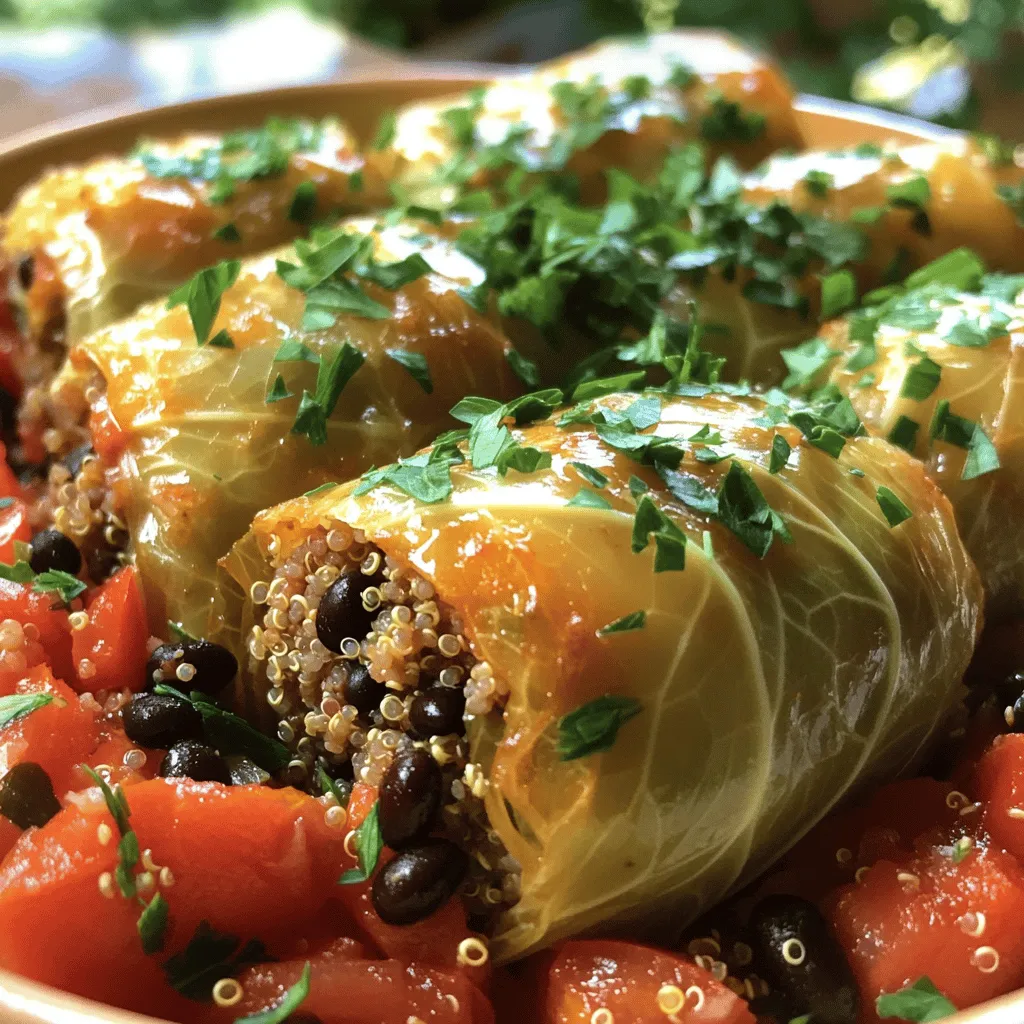Error loading content

Published

Error loading content

Delicious cabbage rolls filled with quinoa, ground turkey, and black beans, topped with tomatoes.
Bring a large pot of salted water to a boil. Carefully peel 12 cabbage leaves from the head. Blanch the leaves in boiling water for 3-4 minutes until softened. Remove and set aside to cool.
In a saucepan, combine quinoa and vegetable broth. Bring to a boil, then reduce to low and simmer, covered, for 15 minutes or until the liquid is absorbed. Fluff with a fork and set aside.
In a skillet, heat olive oil over medium heat. Add the chopped onion and minced garlic, sauté until fragrant and onion is translucent.
In a large bowl, combine cooked quinoa, ground turkey (or plant-based ground), black beans, sautéed onion and garlic, smoked paprika, oregano, salt, and pepper. Mix well until all ingredients are evenly incorporated.
Lay a cabbage leaf on a flat surface. Place about 2-3 tablespoons of the filling at the base of the leaf. Fold the sides over the filling, and roll tightly from the base to the tip, securing the contents. Repeat with all leaves and filling.
Preheat the oven to 350°F (175°C). Spread half of the diced tomatoes on the bottom of a baking dish. Arrange the cabbage rolls seam-side down on top of the tomatoes.
Pour the remaining diced tomatoes over the cabbage rolls, covering them completely.
Cover the dish with foil and bake for 30-35 minutes until the rolls are heated through.
Remove from the oven, and let cool slightly before serving. Garnish with fresh chopped parsley.
Garnish with fresh parsley before serving.